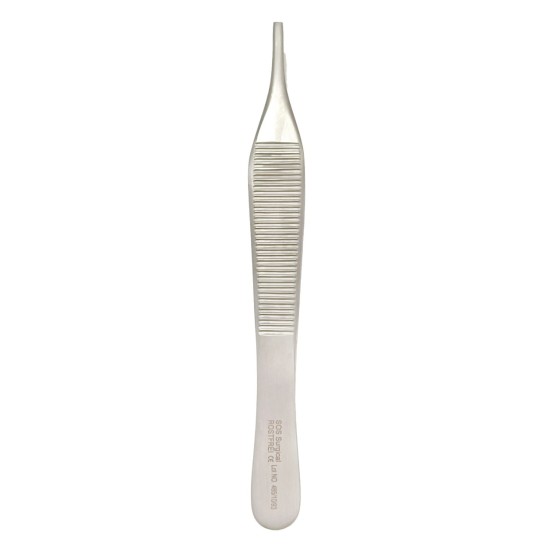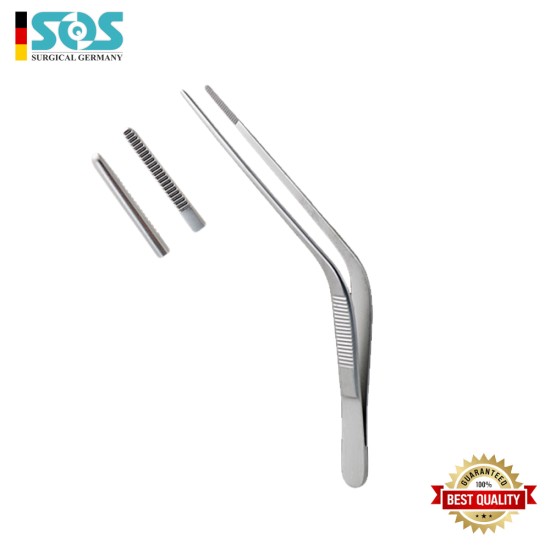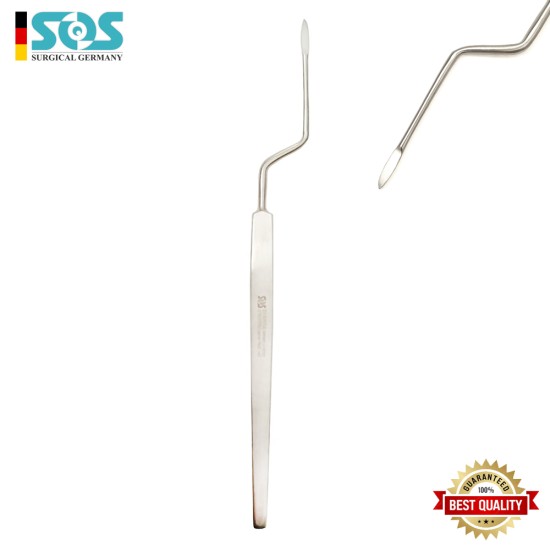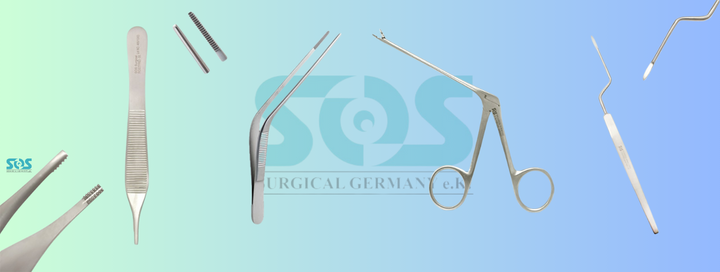Otology instruments play a pivotal role in ensuring optimal ear health within the field of Otolaryngology (ENT). Focusing on the intricate complexities of the ear and addressing various ear-related concerns. From common ear infections to intricate surgeries, these instruments are indispensable in the realm of ear care. This overview sheds light on the fundamental otology instruments. Their indispensable roles in preserving and restoring ear health. Thus contributing significantly to the diagnosis, treatment, and management of ear disorders. Through this exploration of otology instruments. We underscore the significance of each tool in enhancing medical practitioners’ capabilities, thereby leading to improved patient outcomes.
Table of Contents
What Constitutes Otology Instruments?
Otology instruments encompass a specialized array of tools utilized in the medical domain of otology. Which dedicated to the study and treatment of ear-related disorders. Tailored to assist healthcare professionals, otologists, and ear surgeons. These instruments serve as indispensable aids in diagnosing and treating a spectrum of ear conditions. Ranging from otoscopes for comprehensive ear canal and tympanic membrane examinations to microscopes for intricate visualization during surgeries. These instruments are essential components of the otological toolkit. Precision and finesse are imperative in otology procedures. which is prompting the manufacture of these instruments with utmost accuracy and safety to address diverse ear-related issues effectively.
The Role of Otology Instruments in Ear Treatments
The field of otology has witnessed remarkable advancements in instrument technology. Leading to the development of sophisticated equipment that enhances diagnostic capabilities and surgical precision. Modern otology instruments integrate features such as fibre-optic illumination, high-definition imaging, and ergonomic designs to optimize functionality and user experience. With these cutting-edge instruments, healthcare professionals can aptly assess and manage various ear conditions. Spanning routine examinations to intricate surgical interventions. By upholding the delicate structures of the ear and facilitating their restoration. Otology instruments substantially contribute to enhanced patient outcomes and an improved quality of life amidst ear-related health concerns.
Some Common Otology Instruments and Tools
Introducing an array of tools that empower and enhance productivity, these instruments aid ENT surgeons in delivering superior ear treatments. Below are some prevalent tools employed in otology:
Ear Tweezers
Precise tools designed for intricate tasks within the ear canal, facilitating the careful extraction of minute foreign objects or excess earwax.

Ear Forceps
Surgical tools tailored for delicate procedures within the ear canal, enabling the precise extraction of foreign objects or excess earwax.

Otoscope:
A handheld device resembling a flashlight with a magnifying lens and disposable tip, essential for comprehensive ear examinations and the identification of various ear issues.
Tympanometry:
An instrumental diagnostic procedure assessing middle ear functionality by gauging the eardrum’s response to air pressure variations.
Microsurgical Instruments:
Tiny yet vital tools enabling delicate ear procedures, such as tumour removal or structural repairs, essential for maintaining or restoring hearing.

Ear Specula:
Attachments for otoscopes, ensuring a secure and comfortable diagnostic process while minimizing the risk of injury during examinations.
Myringotomy Knife
A specialized instrument facilitating precise incisions in the eardrum, commonly used in managing chronic ear infections with accuracy.
Frequently Asked Questions
- ow do Otology Instruments Contribute to Ear Treatments?Otology instruments play a pivotal role in enhancing ear treatments by providing healthcare professionals with specialized tools equipped with advanced features, such as cameras and bright lights. These instruments assist doctors in diagnosing and addressing ear-related issues effectively, ensuring improved patient outcomes.
- What are Examples of Common Otology Instruments and Tools?Imagine a toolkit for ear doctors. Ear tweezers, ear forceps, otoscopes resembling flashlights, and microsurgical instruments are among the tools they utilize. Each instrument serves a distinct purpose, whether it involves removing foreign objects or conducting thorough ear examinations.
- How does an Otoscope Facilitate Ear Examinations?An otoscope functions akin to a magic flashlight for your ears. Physicians utilize this device to peer inside the ear, identifying potential issues such as infections, earwax blockages, or foreign objects. This ensures that your ears remain healthy and free from abnormalities.
- What is the Role of Ear Tweezers in Otology?Ear tweezers, also known as ear forceps, serve as invaluable assistants to healthcare professionals. Designed for delicate tasks within the ear, these tools aid in the careful removal of foreign objects or excess earwax, thereby promoting ear cleanliness and comfort.
- How does Tympanometry Assist in Diagnosing Ear Conditions?Tympanometry acts as a backstage pass for your ears, enabling doctors to assess how your eardrum responds to varying pressures. This diagnostic technique helps pinpoint conditions such as middle ear infections with precision, facilitating accurate diagnosis and treatment.

